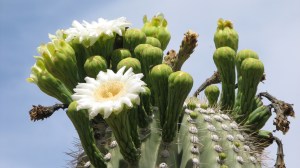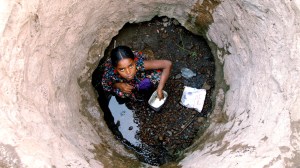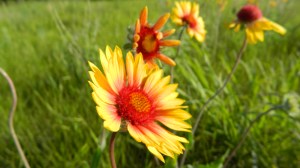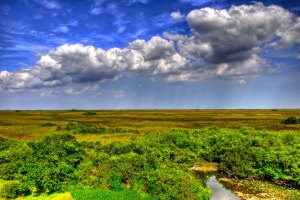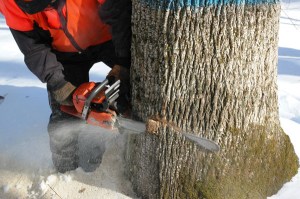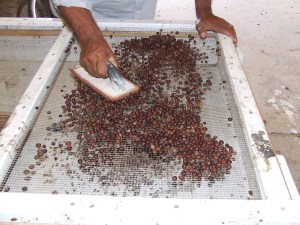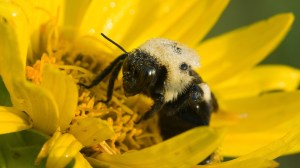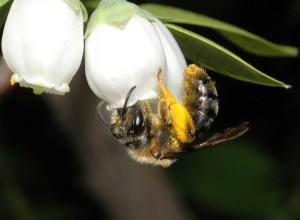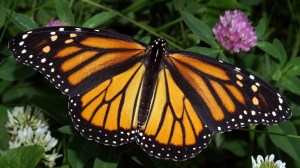Discover stories in Plants
The Cactus Smuggler: Are Desert Plants Being Loved to Extinction?
Across their range, cacti are disappearing. The number one culprit? Illegal collecting. A look at the cactus smuggling trade.
10 Unexpected Impacts of Climate Change
Climate change will affect your health, your sports, even what you drink. A look at some of the more unexpected impacts.
A Treasure Hunt for Prairie Wildflowers
A rare prairie wildflower is lost, then found, then lost again. Or was it?
The Promise and Peril of Wild Seed Harvesting
Planting native seeds harvested from the wild back into damaged ecosystems brings the promise of restoring entire landscapes. But at what cost?
Greatest Threat to the Everglades? Maybe Not Pythons
A deceptively deadly invasive species is slithering its way through the Florida Everglades, threatening the entire ecosystem. But it’s not a python.
Logging Ash to Save Hemlocks
The preserve was established specifically to protect trees from logging. But what happens when waves of forest pests are going to kill trees anyway? What if logging one tree could help save another? What trees live and what trees die? Welcome to forest conservation decisions, 2014 edition.
Coyote Scat and Native Plant Conservation
Cultivating native plants for conservation requires the perfect water, sunlight, nutrients and pollinators. And in at least one case, it needs coyote poop. And lots of it. A story of an observant naturalist, palm seeds and hungry coyotes in South Texas.
Plight of the Bumble Bee: Conserving Imperiled Native Pollinators
You've probably heard about the loss of honey bees. But did you know native bumble bees face even more alarming declines? These vital pollinators are disappearing due to pesticides and habitat loss. You can make a difference -- right in your backyard.
Matchmaking for Elms: Restoring America’s Iconic Tree Through Genetics
Christian Marks runs a dating service. For elm trees.
The Traveling Naturalist: Solid Gold in the Rockies
<i>Introducing The Traveling Naturalist, a new series featuring natural wonders and biological curiosities for the science-inclined wanderer.</i> The Rocky Mountains in the spring are a <b>botanist’s delight</b>, with many hills, mountain meadows and buttes awash in color. Wildflowers – many of them with interesting natural and human histories – can be easily found on your public lands. Some exist in bright but tiny cluster on alpine peaks while others cover meadows in a palette of seemingly solid color. <b>My favorite</b>: the flower that paints many foothills bright gold throughout the West, <a href="http://www.fs.fed.us/wildflowers/plant-of-the-week/balsamorhiza_sagittata.shtml"><b>arrowleaf balsamroot</b></a> (<i>Balsamorhiza sagittata). </i>
Wild Pollinators Are Critical in Keeping our Picnic Baskets Full
Bees may seem like uninvited guests at your picnic – but before you shoo them away from the fruit salad, think twice, as they play a critical role in making your picnic possible.
The Monarch Butterfly Decline, and What You Can Do About It
A recent report shows monarch butterflies have declined 59 percent in the past year. The reasons may surprise you. And you can help.
